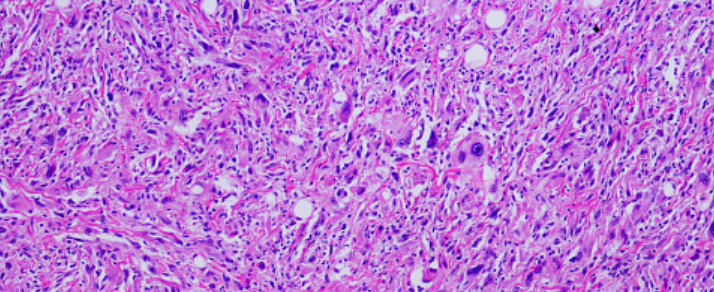Photo Credit: Cesare Ferrari
Nailfold capillaroscopic changes may be a useful tool to help diagnose and monitor diabetic retinopathy (DR) in patients with T2D, according to a study published in the Journal of Clinical Ophthalmology & Research. The cross-sectional, observational study aimed to describe and quantify NFC changes using a handheld dermatoscope in 54 patients with T2D and DR. The researchers performed detailed NFC on all eight fingernails (excluding the thumb), recording abnormal capillary shapes using a semiquantitative score. Significant associations existed between varying degrees of DR and the total number of avascular areas/3 mm, abrogated/bushy capillaries/3 mm, number of fingers involved, and total NFC score (P<0.05). The number of avascular areas/3 mm, tortuous capillaries/3 mm, and abrogated/bushy capillaries/3 mm were significantly greater (P<0.05) in patients with advanced diabetic eye disease and diabetic macular edema (DME). All patients with advanced eye disease and DME showed abnormal NFC scores in any finger, excluding the thumb.
















Create Post
Twitter/X Preview
Logout